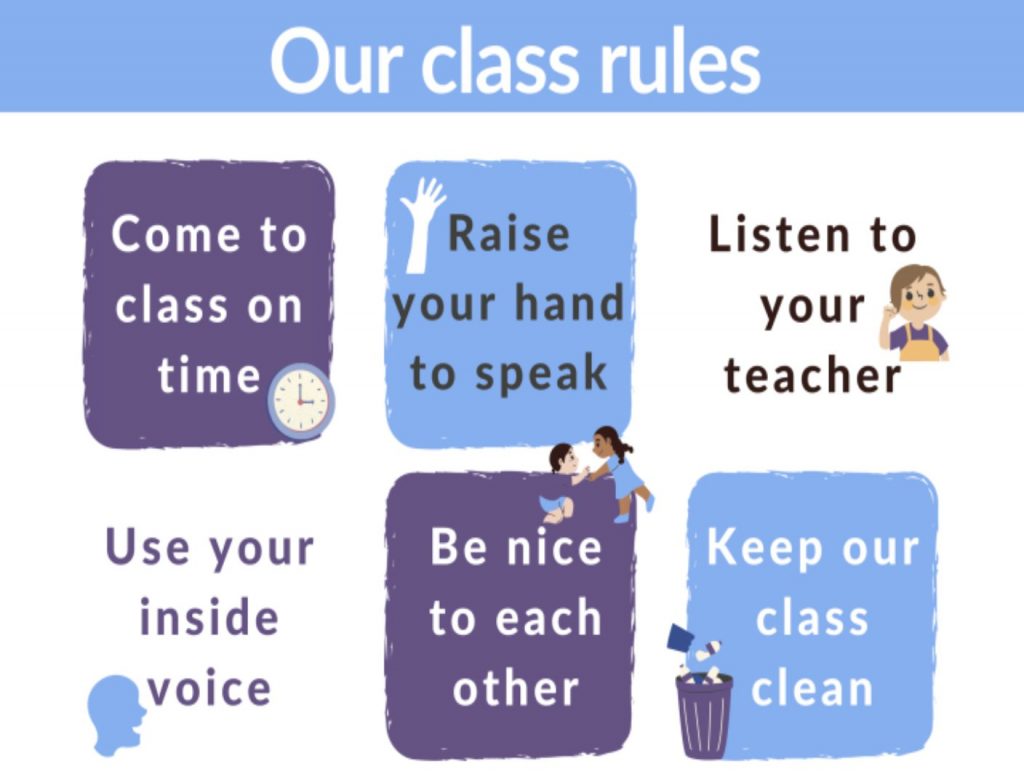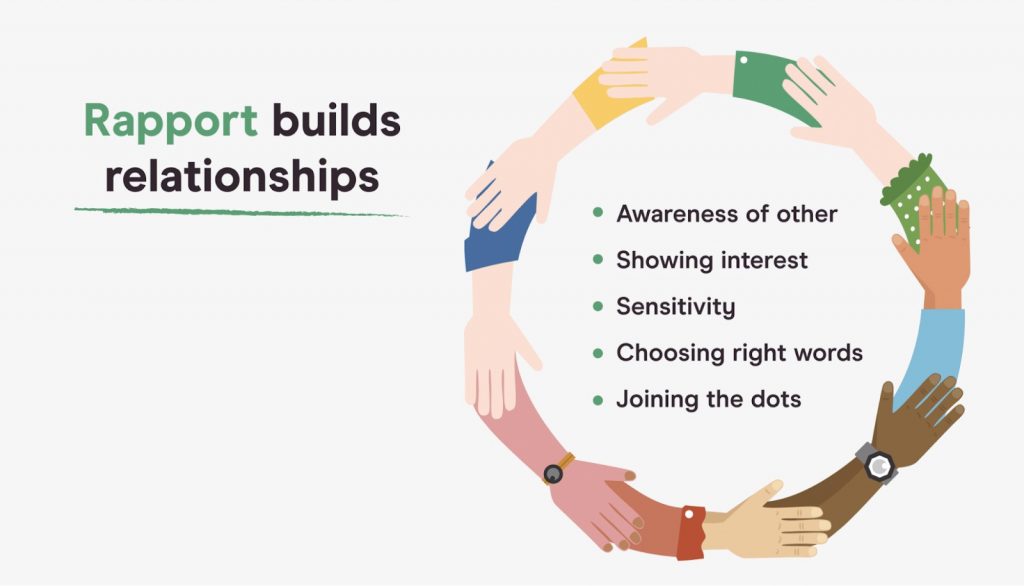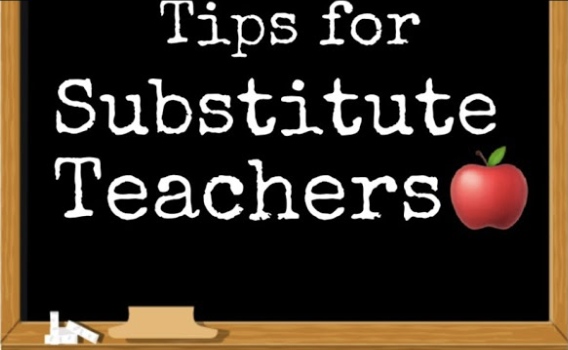Being a substitute teacher comes with its challenges, often involving stepping into a new classroom at a moment’s notice. This unpredictability can make classroom management and student engagement particularly daunting. If you are looking to smooth out these rough edges and foster a positive learning environment, from preparation to execution, this blog on tips for substitute teachers is for you.
SplashLearn: Most Comprehensive Learning Program for PreK-5

SplashLearn inspires lifelong curiosity with its game-based PreK-5 learning program loved by over 40 million children. With over 4,000 fun games and activities, it’s the perfect balance of learning and play for your little one.
Try for free1. Preparation is Key
Arriving early as a substitute teacher can make a significant difference. It gives you time to review the lesson plans, arrange the classroom to your liking, and gather necessary materials.
For example, if you know beforehand that you’ll be teaching a math class, you might prepare by reviewing the topics in the lesson plan or arranging the desks to facilitate group activities. This kind of preparation is one of the most effective substitute teaching strategies, as it allows you to walk into the classroom confident and ready to engage the students right from the start.
Related Reading: How to Create a Teaching Plan in 6 Easy Steps
2. Understand the School’s Policies
As a substitute teacher, it’s crucial to understand the specific policies and emergency procedures of the school you’re working in. Each school has its own set of rules regarding discipline, attendance, and emergency responses. For instance, knowing the school’s policy on handling a situation where a student becomes ill can help you act swiftly and appropriately, ensuring the safety and well-being of all students.
3. Establish Classroom Rules Early

Setting clear expectations at the beginning of class is essential. Start by introducing yourself and outlining the classroom rules you expect everyone to follow. You might say, “Today, I expect everyone to raise their hand before speaking and to respect each other’s opinions during discussions.”
Establishing these guidelines early on helps maintain order and respect in the classroom. This approach makes your day run smoother and helps you build a rapport with the students, reinforcing your role as an authority figure.
4. Communicate Effectively
Effective communication involves clear instructions and open dialogue with students. Make sure your instructions are concise and that you’re open to questions. If you’re giving an assignment, you might say, “We’ll be working on algebra problems today. I’ll demonstrate the first one, and I’d like you to try the next one on your own. If you have any questions, please feel free to ask.”
This straightforward communication ensures that students feel supported and understand what is expected of them. It’s a piece of fundamental substitute teacher advice to keep confusion to a minimum.
5. Maintain Professionalism
As a substitute teacher, maintaining a professional demeanor is crucial. Dress appropriately, be punctual, and respect the school’s culture. For instance, if the school staff dress in a semi-formal manner, you should do the same. Professionalism in your appearance and behavior sets a tone for the students that you take your role seriously.
This aspect of how to be a good substitute teacher is about showing respect for the institution and the students, thereby fostering a respectful environment in return.
6. Engage with Students Actively

Active engagement is key to capturing and maintaining students’ interest. Try to learn a few names and use them during your lessons. For example, you could start a class by saying, “Sarah, could you help me explain this to the class?” This makes Sarah feel recognized and shows the class that you’re involved and attentive.
7. Flexibility is Crucial
In substitute teaching, things don’t always go as planned. Perhaps the lesson plan is incomplete, or the students finish their work early. Be prepared to adapt. If you find extra time, have a backup activity ready, such as a relevant educational game or a discussion topic.
8. Use Available Resources
Make the most of the teaching aids and resources available in the classroom. This might include textbooks, educational software, or even creative materials like art supplies.
For instance, if you’re teaching a geography lesson, use the classroom’s maps or globes to make the session more interactive and engaging. Encouraging the use of these resources not only enhances learning but also shows that you are resourceful and prepared, key traits in effective substitute teaching strategies.
9. Handle Discipline Wisely
Managing classroom discipline wisely is crucial for maintaining a conducive learning environment. Implement non-confrontational techniques to address disruptions.
For example, if a student is being disruptive, rather than raising your voice, you might use a calm tone and ask the student to help you with a task. This approach redirects the student’s energy without escalating the situation and demonstrates practical substitute teacher advice on maintaining control and respect in the classroom.
10. Build Rapport with Students

Building a good rapport with students can significantly enhance the classroom atmosphere. Showing interest in their activities and opinions can help create a more engaged and cooperative environment.
For instance, you could start the class by asking students about their favorite part of the last lesson or any interesting fact they’ve learned recently. This not only breaks the ice but also establishes a connection, making students more open and responsive. It’s an excellent example of substitute teaching ideas that foster a positive and inclusive classroom dynamic.
Related Reading: What is Cooperative Learning: Benefits, How to Use & More
11. Feedback Matters
Taking notes throughout the day is beneficial not only for you but also for the regular teacher. Document key observations, any issues that arose, and positive occurrences. This could include notes on which students excelled, who might need extra help, and how the class responded to different activities. This practice is one of the essential tips for substitute teachers, helping to maintain a seamless educational process.
12. Implement Classroom Management Strategies
Effective classroom management is pivotal for a successful teaching day. For instance, you might start the day by clearly outlining what you expect from the students in terms of behavior and participation. Use tools like praise, classroom points, or a reward system for groups that follow the rules well. These are practical classroom management tips for substitute teachers that encourage a structured and positive learning environment without needing to resort to punitive measures.
Related Reading: Best Classroom Management Tools
Conclusion
Incorporating these tips for substitute teachers can significantly enhance your effectiveness in the classroom. Remember, every day is an opportunity to make a positive impact on your students while refining your teaching skills. Stay prepared, flexible, and engaged to ensure success in every class you lead.
Related Reading: Best Teaching Methods for Modern-Day Educators
Frequently Asked Questions (FAQs)
What is the most difficult task for a substitute teacher?
One of the most challenging tasks for a substitute teacher is quickly establishing authority and building rapport with a new group of students, often without prior knowledge of the classroom dynamics and individual student needs.
What should substitute teachers not do?
Substitute teachers should avoid being overly rigid, ignoring school policies, and engaging in any personal or sensitive discussions with students. It’s also important to refrain from using unapproved disciplinary measures.
What are some first time substitute teacher tips?
For first-time substitute teachers, it’s crucial to arrive early, review the lesson plan thoroughly, and be flexible. Prepare icebreaker activities to engage students from the start and always have a backup plan in case activities fall through sooner than expected.
What are some fun substitute teacher activities can try?
Fun activities include interactive games like “Classroom Jeopardy” based on the lesson content, creative group projects, or educational videos with follow-up discussions. These activities can make learning enjoyable and keep students engaged.

























